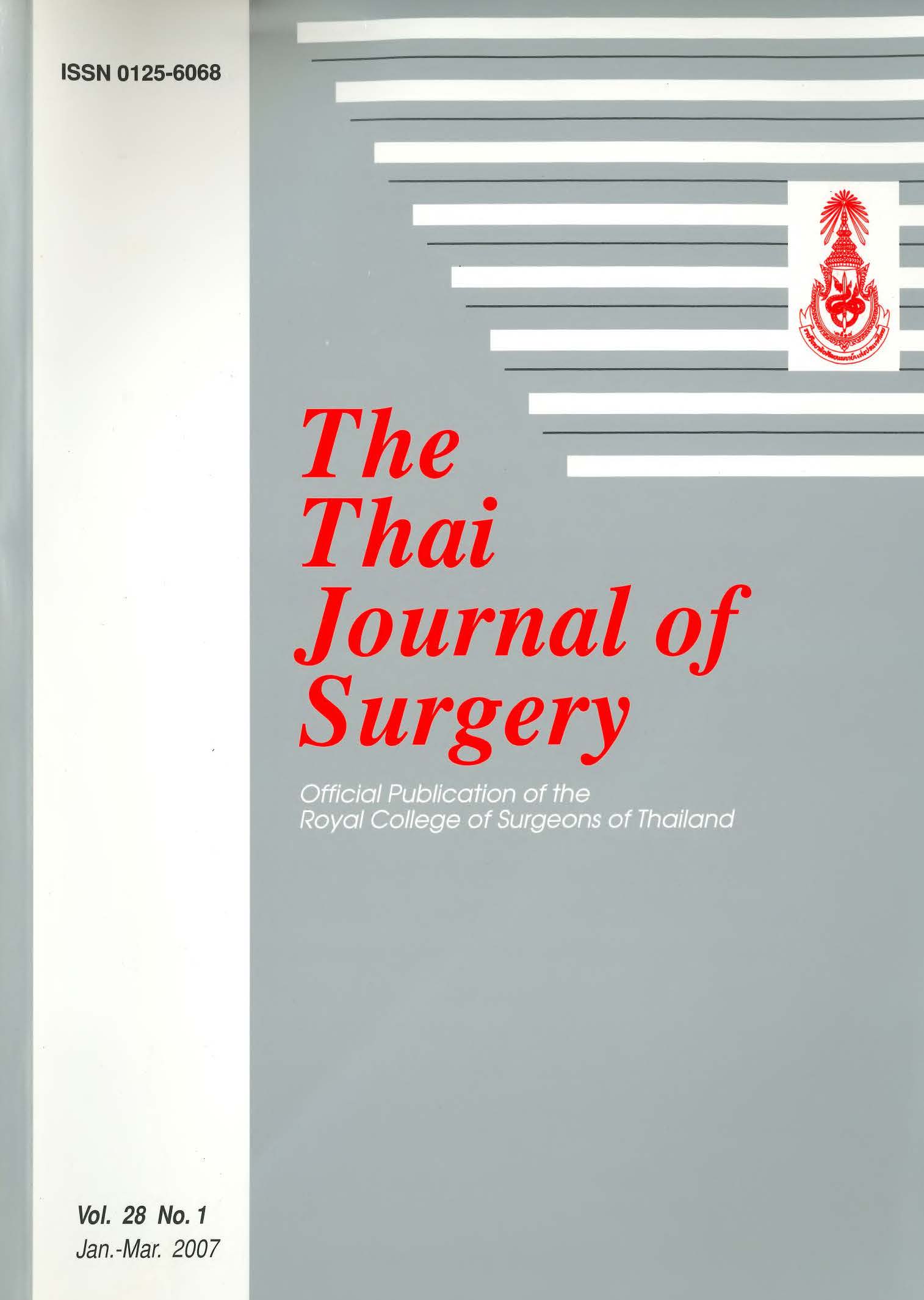The Testosterone Production and the Regulation of the Expression of Genes of Several Proliferation Factors in Older Men
Keywords:
Testosterone, estrogen receptor, main fibroblast growth factor, epidermal growth factor, insulin, insulin receptor, bcl-2, PSAAbstract
Objective: The likelihood of the development of oncological pathology increases significantly among men over 40 years of age; from this period men have less testosterone circulating in their blood. The reduction of the testosterone level leads to increased mitotic activity, a breakdown in the regulation of the cell cycle, and inhibiting the beginning of apoptosis. The objective of this research work was to study the cause and effect that link between the development of partial androgen deficiency of aging men (PADAM) and the change in expression of genes of several factors that show proliferative activity.
Patients and Methods: In this study, 12 patients with age ranged from 56 to 72 years, with partial androgen deficiency were analyzed. Patients were given 40 mg of andriol (testosterone undecanoate) once each morning. All patients were put into one group, for which the research results were compared before and one month after the beginning of androgen-replacement therapy.
Results: One month after the beginning of androgen-replacement therapy, the patients showed a decreased expression of bFGF genes (on average by 4.9 times), ER (on average by 11.5 times), bcl-2 (on average by 4.5 times) and an increased expression of the insulin gene (on average by 26 times) as compared with the original values before the study began.
Conclusion: Normalization of testosterone production by using androgen-replacement therapy leads to a decrease in proliferative activity, the restoration of regulation of the cell cycle, and a reduction in insulin resistance among men of older age groups.
References
2. Gray A, Feldman HA, McKinlay JB, Longcope C, Age, disease and changing sex-hormone levels in middle-aged men: Results of the Massachusetts male aging study. Clin Endocrinol 1991;73: 1016-25.
3. Lavin N. Endocrinology. Moscow: Practica; 1999.
4. Vermeulen A, Kaufman JM. Androgens and cardiovascular disease in men and women. The Aging Male 1998; 1: 35-50.
5. Pechersky AV, Semiglazov VF, Mazurov VI, et al. Androgen administration in middle-aged and ageing men: effects of oral testosterone undecanoate on dihydrotestosterone, estradiol and prostate volume. Internat J Androl 2002; 25:119-25.
6. Pechersky A, Semiglazov V, Loran O, et al. The effects of changes in testosterone level on the development of cytokines among patients with prostate cancer. Thai J Surg 2006;27:56-63.
7. Lopatkin NA. Guidebook to urology. Moscow: Medicina,1998.
8. Bershtein LM. Hormonal carcinogenesis. St. Petersburg: Nauka, 2000.
9. Morales A, Bain J, Ruijs A, et al. Clinical practice guidelines for screening and monitoring male patients receiving testosterone supplementation therapy. Internat J Import Res 1996;8:95-7.
10. Loran OB, Segal AC, Supryaga OM. Andriol in treatment of secretory sterility and climacteric syndrome among men. Urol Nephrol 1999; 3: 41-4.
11. Konstantinova IM, Kozlov YuV, Kulitchkova VA, Petukhova OA. Small cytoplasmic RNA associated with polyadenylated RNA is involved in the hormonal regulation of gene expression. FEBS Lett 1988;238: 32-6.
12. Konstantinova IM, Kulitchkova VA, Evteeva IN, et al. The specific endoribonuclease activity of small nuclear and cytoplasmic alpha-RNPs, FEBS Lett 1999; 462: 407-10.
13. Glantz SA. Primer of Biostatistics. Moscow: Practica; 1999.
14. Kettyle WM, Arky RA. Endocrine pathophysiology, Moscow: Binom Publishers; 2001.
15. Pechersky AV. Semiglazov VF, Komyakov BK, et al. Increase of the expression of receptors steroid hormones in patients with a partial androgen deficiency of aging men (PADAM). Thai J Surg 2006;27:93 - 100.
16. Pechersky A, Mazurov V, Semiglazov V, et al. Influence of Testosterone concentration on activity of 5α-reductase and aromatase. Thai J Surg 2006; 27: 15-8.
17. Burrows H, Horning E, Oestrogens and neoplasia. Springfield, Illinois: Charles C. Thomas Publ; 1952.
18. Zezerov VG., Severin ES. Molecular mechanisms of oncogenesis of the prostate gland. Vestnik of the Russia Academy of Medical Sciences 1998; 5: 29-35.
19. Yam D, Fink A, Mashiah A, BenHur E. Hyperinsulinemia in colon, stomach and breast cancer patients. Cancer Lett 1996; 104: 129-32.
20. Tareeva IE. Nephrology. Moscow: Medicina; (1), 1995.
21. Bershtein LM. Extra-gonadal production of estrogens (the role of this production in physiology and pathology). St. Petersburg: Nauka; 1998.
22. Franklin RB, Costello LC. Prolactin directly stimulates citrate production and mitochondrial aspartate aminotransferase of prostate epithelial cells. Prostate 1990; 17: 13-8.
23. Costello LC, Franklin RB. Effect of prolactin on the prostate. Prostate 1994; 24: 162-8,
24. Naz RK. Prostate: basic and clinical aspects. New York: CRC Press; 1997.
25. Moiseenko VM, Urmacheeva AF, Hanson KP. Lectures on fundamental and clinical oncology. St. Petersburg: N-L; 2004.
26. Pushkar DYu. Radical prostatectomy. Moscow: Medpress-Inform; 2002.
Downloads
Published
How to Cite
Issue
Section
License
Articles must be contributed solely to The Thai Journal of Surgery and when published become the property of the Royal College of Surgeons of Thailand. The Royal College of Surgeons of Thailand reserves copyright on all published materials and such materials may not be reproduced in any form without the written permission.



